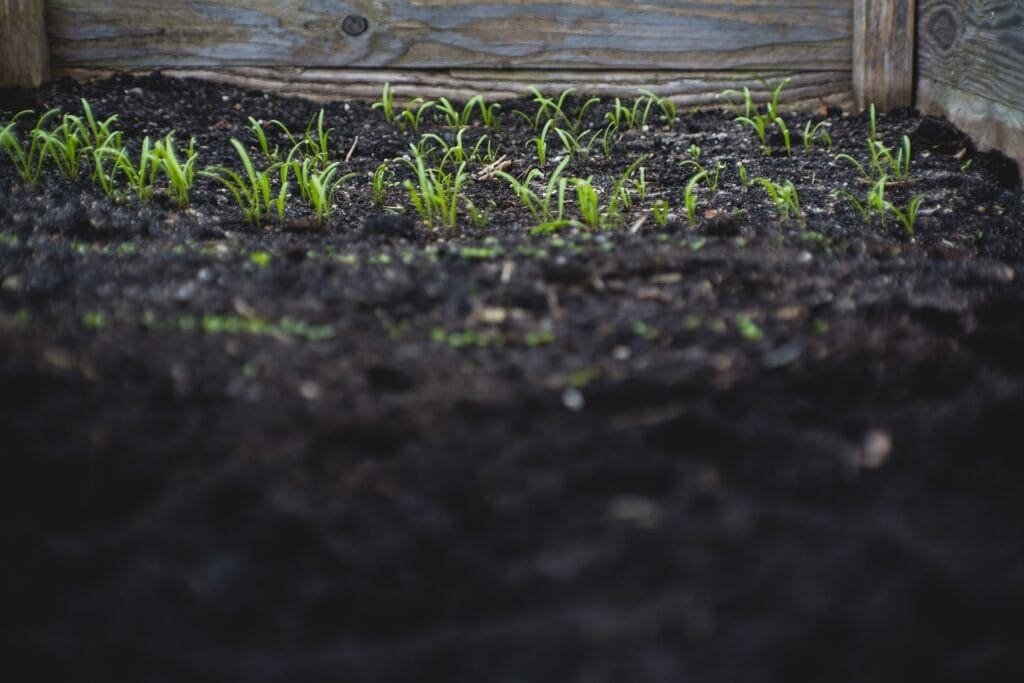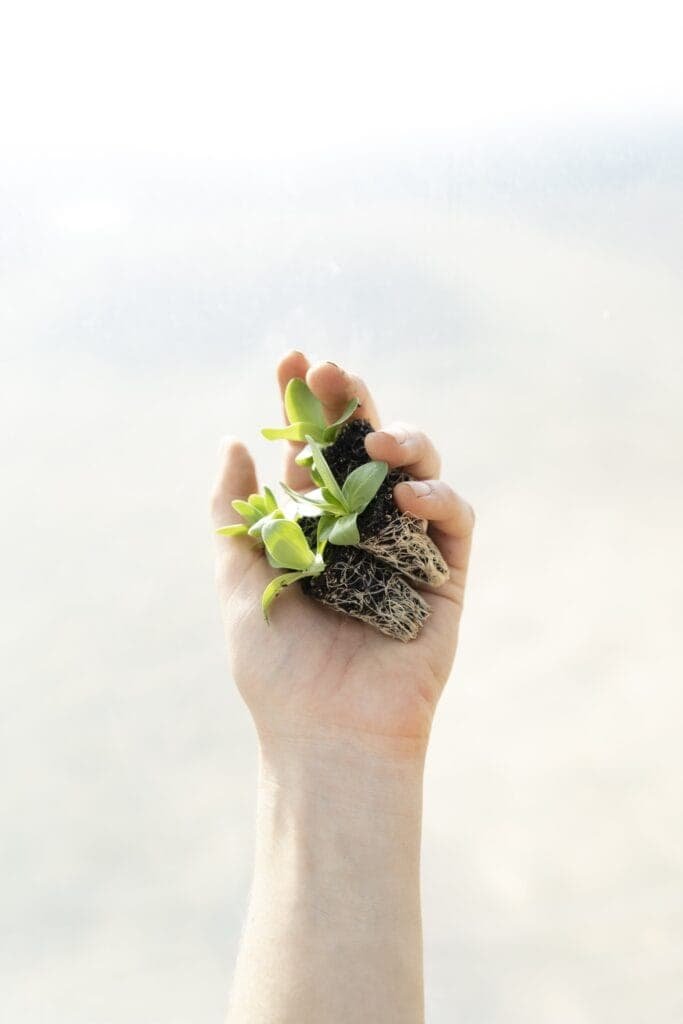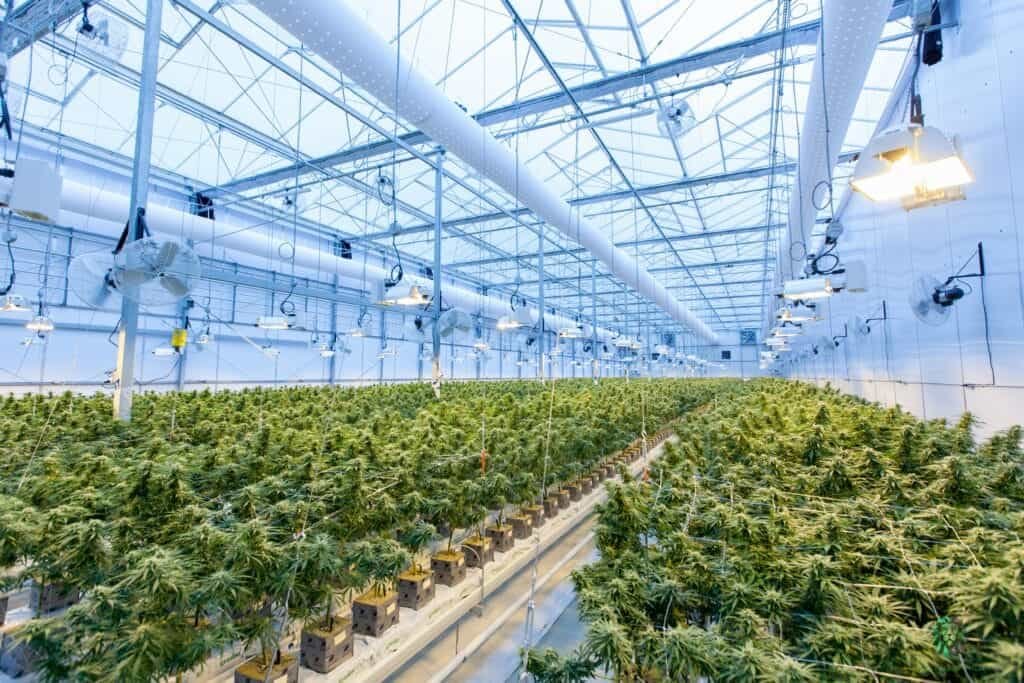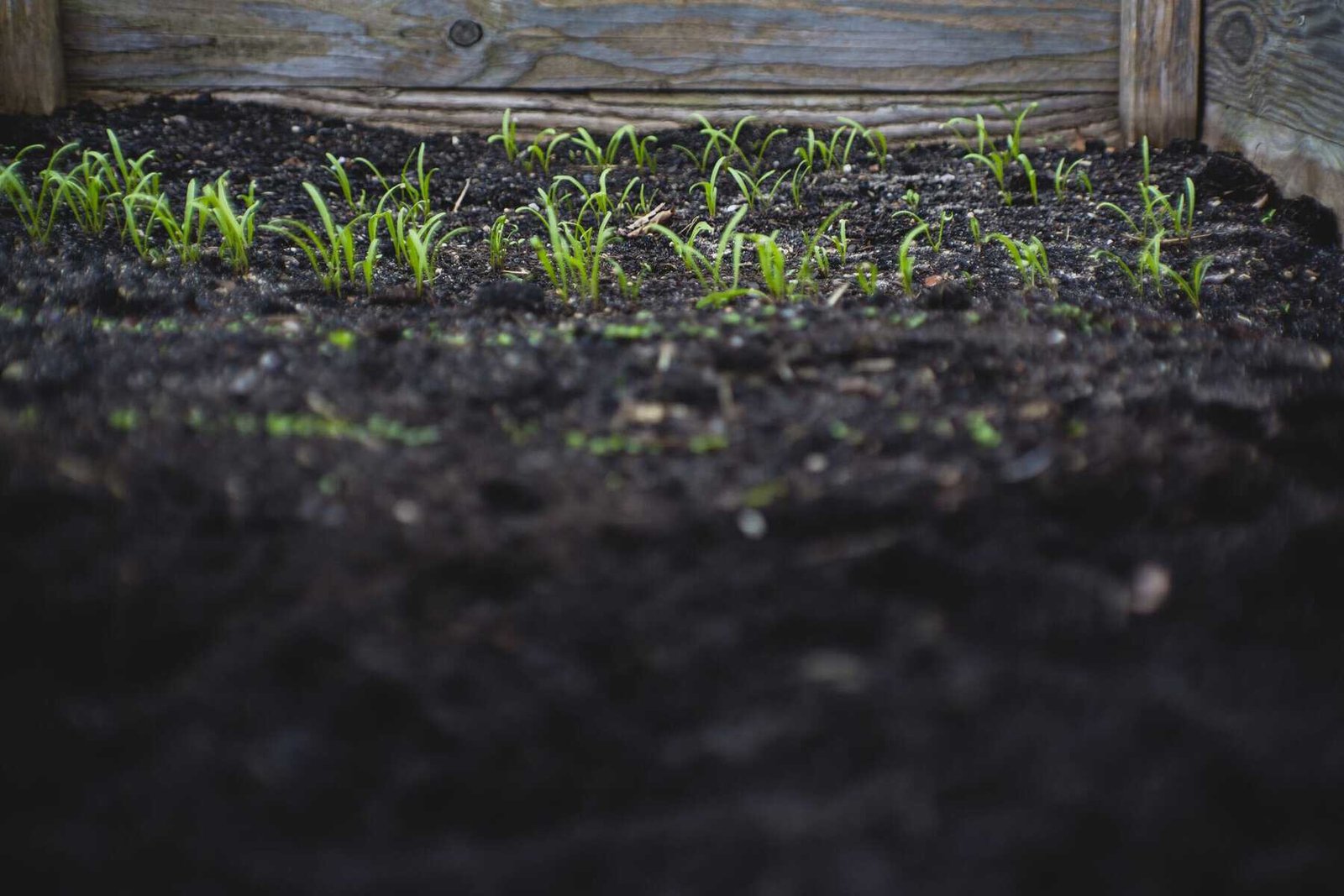Are you curious about the perfect soil mix for growing nopal? If you’re eager to successfully cultivate this versatile and nutritious prickly pear cactus, you’ve come to the right place. In this article, we will explore the ideal soil composition that will help your nopal thrive and provide you with bountiful harvests. Whether you are a seasoned gardener or a beginner looking to embark on a new horticultural adventure, this information will be invaluable in achieving your nopal-growing goals. So let’s get started and discover the secrets to cultivating this wonderful plant!

Factors to Consider for Growing Nopal
Climatic Conditions
When it comes to growing nopal, considering the climatic conditions is crucial. Nopal prefers warm and dry climates, making it suitable for regions with a desert or Mediterranean climate. It thrives in temperatures ranging from 65°F to 95°F (18°C to 35°C) and is tolerant to drought conditions. However, extreme cold temperatures below freezing can harm the plant.
Sunlight Exposure
Nopal requires ample sunlight exposure to grow and produce healthy pads. It is recommended to provide at least 6 to 8 hours of direct sunlight daily. If your location experiences long periods of shade or limited sunlight, consider growing nopal in a different area or using artificial lighting to supplement the sunlight.
Soil Type
Choosing the right soil type is essential for the successful growth of nopal. Nopal prefers well-draining soil that is rich in organic matter. Sandy loam soil is ideal, as it provides good drainage while retaining enough moisture for the roots. Avoid heavy clay soils, as they tend to retain too much water and can lead to root rot.
Drainage
Good drainage is crucial for nopal to prevent waterlogging and root rot. If your soil has poor drainage, consider adding organic matter or amendments to improve its drainage capabilities. Additionally, you can create raised beds or mounds to elevate the nopal plants and ensure proper drainage.
pH Level
Nopal thrives in slightly acidic to neutral soil with a pH level ranging from 6.0 to 7.5. Test your soil’s pH level using a pH testing kit and adjust it accordingly by adding amendments if necessary. Adding sulfur or peat moss can help lower the pH level, while adding lime can raise it.
Watering
While nopal is drought-tolerant, it still requires regular watering, especially during its early growth stages. Water the plants deeply, allowing the water to penetrate the soil’s root zone. However, be cautious not to overwater, as excessive moisture can lead to root rot. Monitor the soil moisture levels and adjust your watering schedule accordingly.
Nutrient Content
Providing the appropriate nutrient content is crucial for the healthy growth of nopal. Nitrogen, phosphorus, and potassium are the primary nutrients required. Using organic fertilizers or compost can help in replenishing these essential nutrients in the soil. Regular soil testing can also help determine the nutrient deficiencies and guide you in applying the right fertilizers.
Organic Matter
Incorporating organic matter into the soil is highly beneficial for growing nopal. Organic matter helps improve soil structure, enhances drainage, retains moisture, and provides essential nutrients to the plants. Consider adding compost or well-rotted manure to enrich the soil and promote healthy growth.
Preferred Soil Mix for Nopal
Sandy Loam Soil
Sandy loam soil is the preferred soil type for growing nopal. It provides a balanced mixture of sand, silt, and clay, allowing for good drainage while retaining enough moisture for the roots. This type of soil also allows for proper aeration, which is essential for the plant’s overall health.
Compost or Organic Matter
Incorporating compost or organic matter into the soil is highly recommended. Compost enriches the soil with essential nutrients, improves water retention, and enhances soil structure. This addition helps create a healthy growing environment for nopal plants.
Peat Moss
Peat moss is another beneficial component to add to the soil mix for nopal. It helps improve moisture retention and enhances soil aeration. Peat moss also helps balance the pH level of the soil, making it more suitable for nopal’s growth.
Perlite or Vermiculite
Perlite and vermiculite are lightweight, porous materials that enhance soil drainage and aeration. Adding these components to the soil mix promotes root development and helps prevent waterlogged conditions that can lead to root rot.
Coconut Coir
Coconut coir is becoming increasingly popular as a sustainable alternative to peat moss. It retains moisture well, improves soil structure, and provides essential nutrients to the plants. Adding coconut coir to the soil mix can enhance its overall quality for nopal cultivation.
Crushed Granite
Incorporating crushed granite into the soil mix helps improve drainage and prevents compaction. It also adds trace minerals to the soil, promoting healthy plant growth. Crushed granite is particularly beneficial for heavy clay soils that tend to retain water.
Volcanic Rock Dust
Volcanic rock dust is a natural mineral fertilizer that enriches the soil with essential nutrients and trace minerals. It helps improve the overall fertility of the soil, making it an excellent addition to the soil mix for nopal plants.
Bone Meal or Fish Meal
Bone meal or fish meal provides a natural source of phosphorus, which is crucial for root development and overall plant growth. Including bone meal or fish meal in the soil mix adds valuable nutrients that promote healthy nopal growth.
Epsom Salt
Epsom salt, or magnesium sulfate, is a beneficial additive for nopal plants. It supplies magnesium to the soil, aiding in chlorophyll production and overall plant health. Incorporating Epsom salt into the soil mix can help prevent magnesium deficiency in nopal.
Azomite
Azomite is a natural mineral additive that contains a broad spectrum of trace minerals. It helps improve soil fertility and provides essential micronutrients to the plants. Adding Azomite to the soil mix ensures a well-balanced nutrient content for healthy nopal growth.
Optional Items to Enhance Soil Mix
Microbial Inoculant
Microbial inoculants, such as beneficial bacteria and fungi, can enhance soil health and nutrient availability for nopal plants. These microorganisms help decompose organic matter, fix nitrogen, and improve soil structure. Adding microbial inoculants to the soil mix can contribute to the overall well-being of the nopal plants.
Rock Powders
Rock powders, such as basalt or granite dust, provide valuable minerals and trace elements to the soil. These powders help improve soil fertility, promote plant growth, and enhance the nutrient content of the soil mix.
Antifungal Agents
In environments where fungal diseases are prevalent, adding antifungal agents to the soil mix can help protect the nopal plants. These agents help prevent fungal infections and maintain the overall health of the plants.
Mychorrhizal Fungi
Incorporating mycorrhizal fungi into the soil mix promotes the formation of symbiotic relationships between the fungi and the nopal plants’ roots. This enhances nutrient uptake, improves soil structure, and boosts plant growth. Mycorrhizal fungi can be particularly beneficial in nutrient-deficient soils.
Preparing the Soil Mix for Nopal Planting
Site Selection
Choose a well-draining location with ample sunlight for planting your nopal. Select an area where the nopal plants won’t be shaded by trees or buildings. Consider the microclimates within your garden and choose a spot that provides the best growing conditions for nopal.
Clearing the Land
Clear the land from any weeds, rocks, or debris before preparing the soil mix. Removing unwanted vegetation ensures that the nutrients from the soil mix are utilized by the nopal plants and reduces competition for resources.
Soil Testing
Conduct a soil test to determine the pH level and nutrient content of the soil. Soil testing provides valuable insights into the soil’s deficiencies, enabling you to make the necessary amendments to optimize the soil mix for nopal cultivation.
Tilling the Soil
Till the soil to a depth of around 6-8 inches (15-20 cm) to break up compacted soil and improve aeration. This process also helps mix the amendments evenly throughout the soil and creates an optimal environment for the nopal plants’ root development.
Adding Amendments
Based on the results of the soil test, add the necessary amendments to address any nutrient deficiencies or imbalances. Incorporate organic matter, such as compost or well-rotted manure, to enrich the soil and improve its overall quality. Mix in other required amendments, such as lime for pH adjustment or specific minerals lacking in the soil.
Mixing the Soil Components
Thoroughly mix the soil components to ensure an even distribution of amendments and create a well-balanced soil mix. Use a rake or a shovel to blend the soil, organic matter, and other additives. This will help create an optimal growing medium for the nopal plants.

Incorporating the Soil Mix into Nopal Growing
Planting Nopal Pads
When planting nopal, carefully insert the pads into the prepared soil mix so that they are firmly rooted. Ensure that the pads are oriented in their natural direction, with the areolas facing upwards. Adequately space the pads, leaving about 2 to 3 feet (60 to 90 cm) between each plant to provide them with ample room to grow.
Establishing Nopal Seedlings
If you are starting with nopal seedlings, gently transplant them into the prepared soil mix. Dig holes that are slightly larger than the root balls of the seedlings and carefully place them in the holes. Backfill the holes with the soil mix, ensuring that the seedlings are planted at the same depth as they were in their original containers.
Mulching
Apply a layer of organic mulch around the nopal plants to help conserve moisture, suppress weed growth, and regulate soil temperature. Use materials such as straw, wood chips, or compost as mulch. Apply the mulch evenly, ensuring it doesn’t touch the base of the nopal plants to prevent rotting.
Watering Techniques
Establish a proper watering routine for your nopal plants. Water deeply and thoroughly, allowing the water to penetrate the root zone. Avoid shallow watering, as it encourages shallow root development. Adjust your watering schedule according to the climate conditions and the moisture needs of the nopal plants.
Fertilization
Regularly fertilize the nopal plants to provide them with the necessary nutrients for growth. Use organic fertilizers or compost to avoid chemical buildup in the soil. Apply the fertilizers according to the manufacturer’s instructions or based on the results of your soil testing. Ensure that you do not over-fertilize, as this can lead to nutrient imbalances and damage the plants.
Monitoring pH and Nutrients
Periodically monitor the pH level and nutrient content of the soil to ensure the optimal growth of your nopal plants. Conduct soil tests at regular intervals and make any necessary adjustments to maintain the ideal pH level and nutrient balance. This will help prevent nutrient deficiencies, optimize nutrient availability, and promote healthy plant growth.
Maintaining and Regenerating the Soil Mix
Crop Rotation
Implementing crop rotation in your garden helps maintain the overall health of the soil. Avoid continuously planting nopal in the same area year after year, as this can deplete the soil of specific nutrients and increase the risk of pests and diseases. Rotate nopal with crops from different plant families to optimize soil fertility and reduce the risk of soil-borne diseases.
Cover Cropping
Utilize cover crops to enhance soil structure, suppress weeds, and fix nitrogen in the soil. Consider planting legumes, such as clover or alfalfa, as cover crops alongside nopal. These plants have the ability to absorb nitrogen from the air and convert it into a usable form for other plants, enriching the soil naturally.
Composting
Composting is an excellent way to regenerate and improve the soil mix. Utilize kitchen scraps, garden waste, and other organic materials to create compost. Incorporate the finished compost into the soil mix during the planting season to replenish nutrients and enhance soil fertility.
Regenerative Practices
Implement regenerative practices, such as no-till gardening and mulching, to maintain soil health and improve its long-term fertility. Minimize disturbance of the soil, encourage the natural decomposition of organic matter, and promote beneficial microbial activity in the soil. These practices contribute to the sustainability and resilience of the soil mix for growing nopal.

Conclusion
Growing nopal successfully relies on several factors, including climatic conditions, soil type, drainage, and nutrient content. By considering these factors and incorporating the preferred soil mix, along with optional enhancements, you can create an optimal growing environment for nopal. Proper soil preparation, incorporating the soil mix, and maintaining the soil’s health through regenerative practices will ensure the successful growth and productivity of your nopal plants.
References
- Gardenista. (2021). What is a Microbial Inoculant? Available at: https://www.gardenista.com/garden-design-101/what-is-microbial-inoculant/
- Penn State Extension. (n.d.). Using Wood Ash in the Vegetable Garden. Available at: https://extension.psu.edu/using-wood-ash-in-the-vegetable-garden
- University of California Agriculture and Natural Resources. (2019). Soils & Plant Nutrition Program. Available at: http://igrow.org/agronomy/soils/
- USDA NRCS. (2014). Soil Health: Compost. Available at: https://www.nrcs.usda.gov/wps/portal/nrcs/detailfull/soils/health/managment/?cid=nrcs142p2_053863

